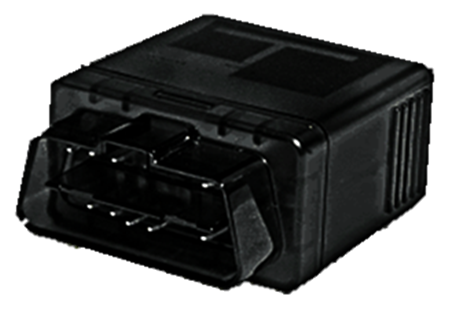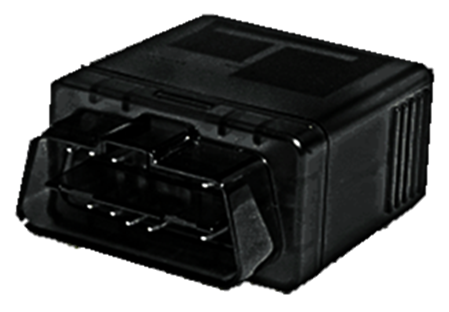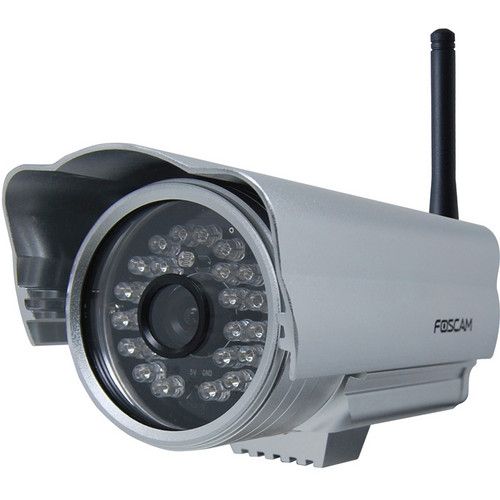
We have accounting construction programs to track money, job-site-scheduling programs to track time, and some carry smartphone apps to keep track of daily exercise, calories, and sleep. Yet few builders monitor their job sites, equipment, and vehicles, taking the mystery out of, “What happens when I’m not there?”
In the good old days before 2008, my company had projects in five cities and two states. We owned a few company vehicles and some large tools, including a mixer, two trailer saws, a skid steer, and two forklifts. Sometimes at the morning meeting we were scrambling to figure out where everything was, and I often suspected company vehicles were not used for company business exclusively. I would drive great distances, sometimes as many as 12 hours apart, just to put my eyes on a job site.
I wanted an easier way to monitor job sites, vehicles, and tools, but at the time, the technology to do this remained costly and complicated. Things have changed. Today you can use plug-and-play technology to track most company assets on one software platform that provides you instant access to all mobile assets, with historical reporting and alerts. Inexpensive, nonintrusive cameras can provide you a panoramic, real-time and archive views of your job sites, warehouse, storage yard, and office locations.
I own both cameras and mobile tracking devices and have had a chance to audition the technology with several manufacturers. Most work just about as well, so here’s a primer of what’s available right off the shelf.
Tracking your Trucks
Vehicle monitoring devices come in two types, the simplest plugs into your on-board diagnostic (OBD) port, a printer-cable-like socket under your dashboard, where mechanics connect their diagnostic instruments. The OBD port connects to all kinds of sensors in your vehicle, including the engine, suspension, fuel and exhaust systems, and more. The newer your vehicle, the more information that is available. Couple all this information with a GPS transmitter that tracks the vehicle’s location and that can send all of this detailed automotive information via the cellular-phone network to your office, smartphone, or tablet, and you have the basics of modern fleet management.
A cigarette-lighter sized plug-in called an OBD “dongle” plugs into the OBD port under your dash, and voilà, you have instant vehicle monitoring that will display your car or truck location in real-time on a map, keep track of any diagnostic code issues, such as the check-engine light coming on, remind you to perform scheduled maintenance, and provide a driving record that can alert you to speeding, texting, hard breaking, sharp turns, and sudden stops.
If you’re curious about your employee’s use of a company vehicle, you can look over historical data on a map, or spreadsheet-like reports to see where the truck went on Saturday night. In fact, a dongle of this sort on a rented Lamborghini was used as evidence after police arrested Justin Bieber for drag racing on city streets. The ODB tracking reports exonerated him.
Another type of GPS vehicle-monitoring device is hardwired into the vehicle’s electronic harness. I have one of these in my truck. In addition to tracking the vehicle, my setup allows me to do things like unlock or lock the doors from a remote location, or disable the solenoid, making it impossible to hotwire the starter or turn on the engine even with the key. This type of wired tracking device, called a “CUBE” is useful for vehicles without an OBD port, such as old diesel dump trucks, skid steers, and other heavy equipment.
All of these systems provide a basic set of features, including the ability to send a text-message alert on any of several parameters, such as ignition on/off, hard breaking, high RPM, diagnostic codes, crash, low battery, speeding, or geo-fence violations. A geo-fence is a geographic perimeter set on a map. When the tracking device crosses this perimeter, it issues an alert. This allows you to set operational boundaries on any vehicle. In my case, my wife gets a text message whenever I leave the city.
This is the same technology some insurance companies use to set your rates based on driver habits. It’s also the technology car lenders use to track and repo risky loans, and GM touts for its signature “OnStar” service.
Monitoring Your Mixer
Most vehicle tracking devices rely on the 12v available from the battery and alternator. But battery-powered GPS trackers exist with active battery life of up to one year. These devices are slightly larger to accommodate the power source, but the advantage is placing a tracker on equipment like an expensive portable saw, a cement mixer, or an air compressor. Most of these battery-powered trackers have a movement sensor that can provide an alert when the equipment is moved from place to place.
Since most tracking device companies offer a suite of devices, their principle selling feature is the platform on which all of them report. You can track all of your GPS transmitters on one display, knowing where every company asset is at any time. Historical data can help you to design maintenance programs, pick ideal storage locations and manage your assets as well as know where they are. Prices run about $90 per device or less and $25 a month for GSM airtime and the monitoring platform.
Monitoring Your Job Site
Knowing what’s going on at every job every day used to require job-site superintendents to provide daily logs. This is still a valuable tool, but nowadays you can also setup portable job-site cameras to either provide a live feed via internet or record and archive video of daily activity. You can combine the two, with a low-cost live feed during the workday and a recorded video overnight. You can archive the video so it records over itself every 48 hours, reducing storage requirements while keeping a record of who and what happened on any given night, should theft or vandalism occur.
A live feed also provides your customers with a means to monitor daily progress. This “job-site observer” technology has become routine on commercial and industrial projects. Pan Track Zoom (PTZ) cameras allow you to remotely control the viewing angle and focus on specific activity. But with more features, come price, and sophisticated systems can cost many thousands of dollars.
https://youtube.com/watch?v=F_WKrOqIRwM
I use single-view cameras located for panoramic views. Cameras are connected wirelessly to the internet, although each will still require a power source and you’ll have to have an on-site modem and router. Nowadays most locations have access to high-speed internet, and given wireless range, you can usually find a spot on the job site to setup your base station securely.
If you’re going to record, choose a camera with a movement sensor, so you only record when something’s going on rather than collect hours of staring at stacked lumber. On the high end, I recommend the Brinno construction camera for about $260 with a weatherproof case. For cheapskates like me, I like the Foscam FI8904W Outdoor Fixed Wireless IP Camera for about $66. It has all the features I need, and although it would be nice to manipulate the camera remotely, I am happy with a single perspective when located in a spot that provides a panoramic view.
Monitoring Materials and Small Tools
I have no idea how much money I may have lost to disappearing small tools and materials. I tried to setup an inventory-control system, but it was difficult to maintain. Nowadays it’s easy, you can avail yourself of a simple solution, a barcode tracking system to label and track everything you own with an inventory checkout and check-in as simple as a click. In fact, if you want to make it super easy, your employees can identify themselves on a biometric tracker, such as a fingerprint reader, and then scan the tool or inventory item to register automatically who took what and when. On the job site, any smartphone offers barcode reading that will connect to most inventory-tracking software.
There exists software that can provide reports for hours of use and create depreciation tables, if you want to get very deep into barcoding. But any tracking software, even the most basic, allows you to generate reports on whereabouts and custody of tools and inventory. I actually barcode everything we own, including chairs, desks, and office equipment. With a label printer and a $90 high-quality scanner, you can also link barcode information to warranty documentation, scanned or internet-access equipment manuals, and purchase documentation–never search for the receipt or manual again.
Fine Homebuilding Recommended Products
Fine Homebuilding receives a commission for items purchased through links on this site, including Amazon Associates and other affiliate advertising programs.

8067 All-Weather Flashing Tape

Affordable IR Camera

Handy Heat Gun




























